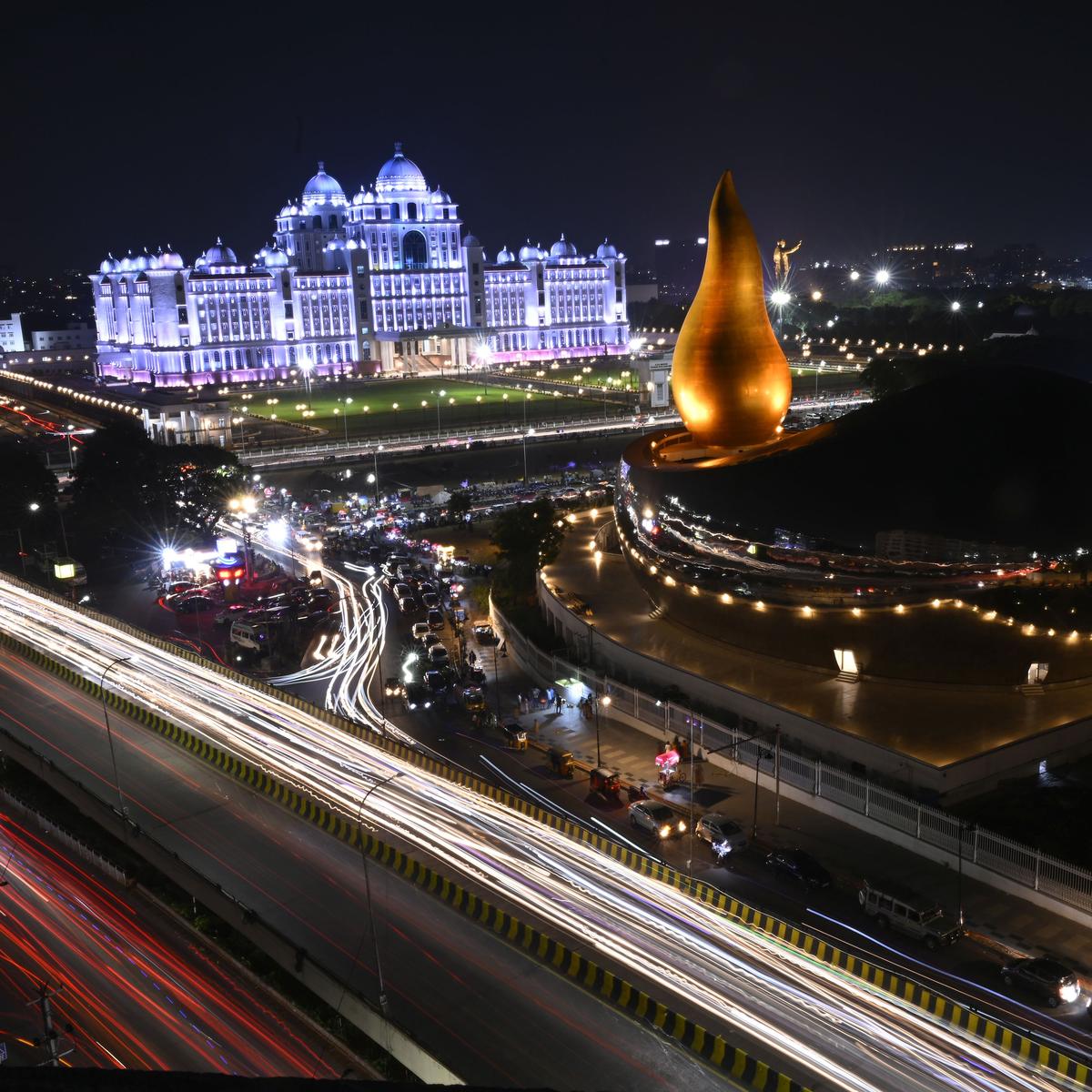The Nizamsagar Dam, located in the northern part of Telangana, is one of the most important and historic dams in the region. Constructed during the reign of the Nizam of Hyderabad, it stands as a remarkable feat of engineering, providing crucial water resources for agriculture, drinking, and irrigation across the region. The dam continues to be a vital source of water for the people of Telangana and has played an instrumental role in shaping the agricultural landscape of the region.
The History and Construction of Nizamsagar Dam
The Nizamsagar Dam was constructed between 1923 and 1931 under the rule of Mir Osman Ali Khan, the seventh Nizam of Hyderabad, as part of the Nizam’s larger initiative to improve irrigation and water supply in the state. The dam was built across the Manjira River, a tributary of the Godavari, in the Nizamabad district of Telangana.
The primary objective behind the construction of the dam was to provide water for irrigation in the arid regions of Nizamabad, which were heavily dependent on the monsoon rains. At the time, the region faced frequent droughts, and agricultural productivity was greatly limited. The Nizamsagar Dam was thus seen as a lifeline for the people living in this semi-arid region.
The project was designed by Sir M. Visvesvaraya, a renowned engineer and statesman, and its construction was a significant engineering achievement of its time. The dam was completed with a height of 15.5 meters and a length of 2,690 meters, with a reservoir capacity of approximately 11.6 TMC (thousand million cubic feet).
The Structure and Design
The Nizamsagar Dam is an earthfill embankment dam, meaning it is built with a mix of soil and rock to create a strong foundation and water-holding structure. The dam’s reservoir, known as Nizamsagar Reservoir, covers an area of about 9,000 acres.
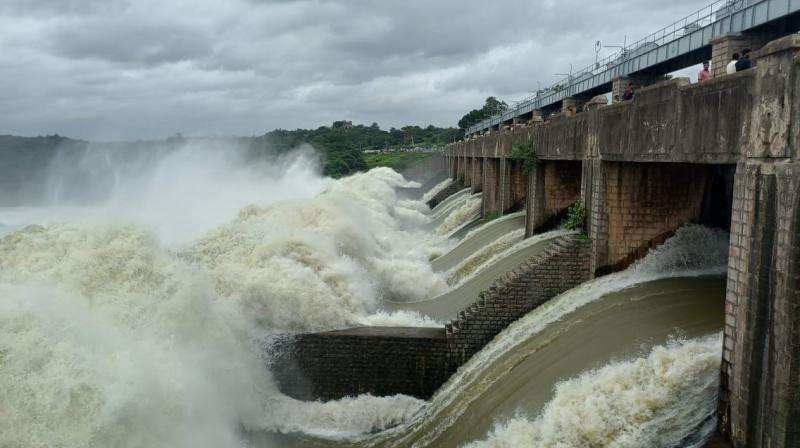
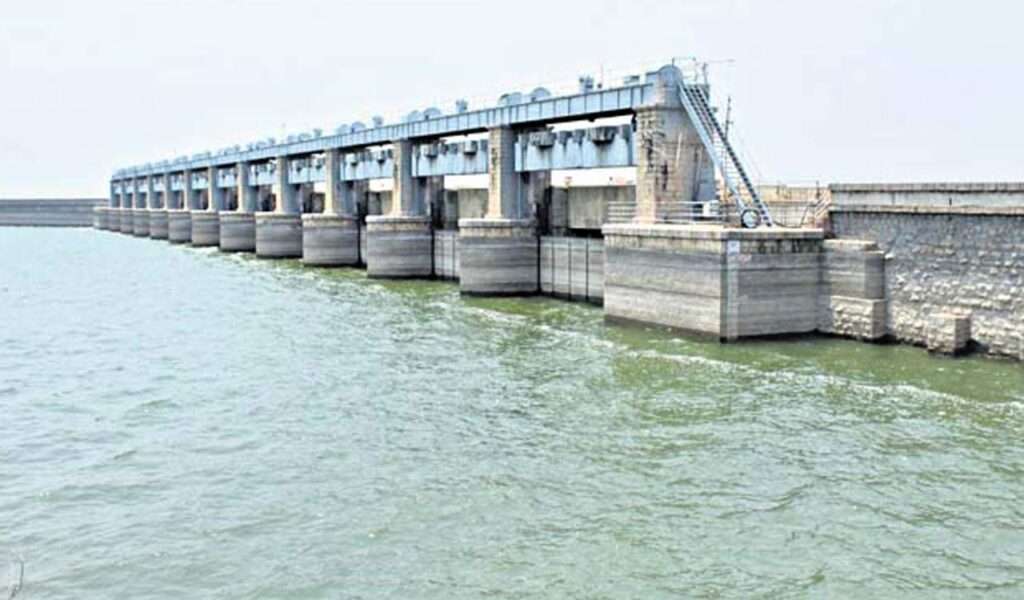
The dam features a spillway to release excess water during the monsoon season and has several sluice gates that regulate water flow into the canal system. These canals distribute water for irrigation purposes across vast agricultural lands in the region. The dam plays a critical role in ensuring water supply during dry spells, which has been crucial for improving farming conditions and ensuring food security for the local population.
Significance to Agriculture and Irrigation
The Nizamsagar Dam’s contribution to agriculture cannot be overstated. It irrigates vast stretches of agricultural land, transforming the semi-arid landscape into a productive agricultural hub. The dam has helped enhance the production of crops such as cotton, maize, groundnut, and rice, which are vital for the local economy.
The water from Nizamsagar is also linked to the Nizamsagar Canal System, which supplies irrigation to nearly 100,000 acres of farmland. Over the years, the consistent water supply from the dam has increased the agricultural output of Nizamabad and its neighboring districts, ensuring economic stability for farmers and boosting local livelihoods.
Role in Providing Drinking Water
Apart from its agricultural impact, the Nizamsagar Dam also serves as a crucial source of drinking water for the region. The water stored in the reservoir is supplied to Nizamabad and surrounding areas, benefiting thousands of residents by providing clean and reliable drinking water.
The dam’s role in supporting the agricultural and domestic water needs of the region highlights its importance in the day-to-day life of the people of Telangana. It plays a fundamental role in sustaining both the economy and the well-being of the local population.
Tourism and Scenic Beauty
In addition to its functional importance, the Nizamsagar Dam also attracts tourists and nature enthusiasts. The Nizamsagar Reservoir, with its serene waters and scenic surroundings, offers a peaceful escape for those looking to enjoy the natural beauty of the region. The dam and its surrounding areas have become popular spots for weekend getaways, offering activities like boating, fishing, and picnicking.
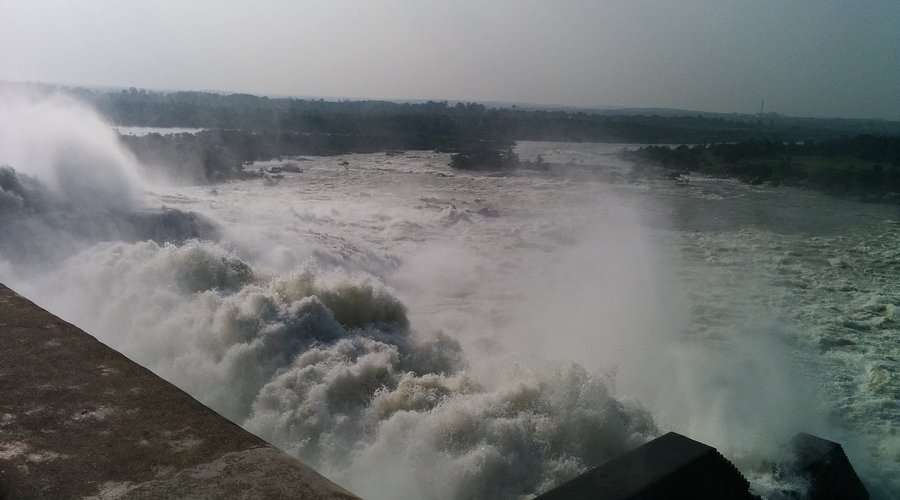
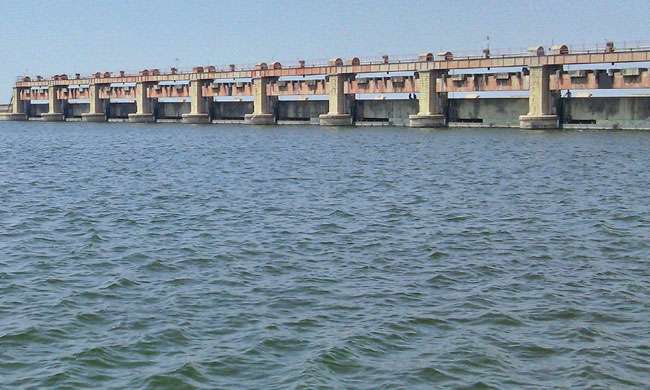
The picturesque landscape around the dam, combined with its historical significance, makes it a great place for those interested in both nature and history. The area around the reservoir is also home to a variety of bird species, making it a potential site for bird watching.
Modern-Day Importance and Challenges
The Nizamsagar Dam continues to serve as a vital resource for the agricultural economy of Telangana. However, like many large water infrastructure projects, the dam faces challenges in maintaining water levels due to climate change and inconsistent rainfall patterns. Additionally, the growing demand for water due to population growth and agricultural expansion places increasing pressure on the dam’s resources.
Efforts are being made to modernize and optimize water usage, with a focus on conservation, water management systems, and sustainable farming practices. Ensuring the long-term viability of the Nizamsagar Dam is crucial for maintaining the prosperity and stability of the region.
Conclusion
The Nizamsagar Dam stands as a symbol of the vision and engineering prowess of the Nizams of Hyderabad. From its historical construction to its role in transforming the agricultural landscape of the region, the dam has had a profound and lasting impact on the people of Telangana. Today, it remains a vital source of water for both irrigation and drinking, continuing to shape the economic and social fabric of the region.
As Telangana progresses toward a more sustainable future, the Nizamsagar Dam will remain a critical piece of infrastructure, serving as a reminder of the ingenuity and foresight of the past while meeting the challenges of the present and future.


